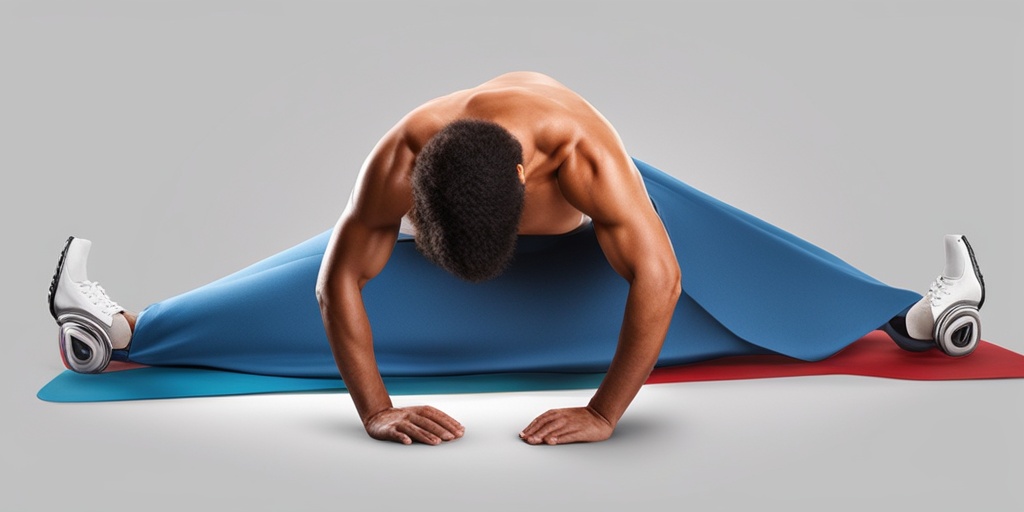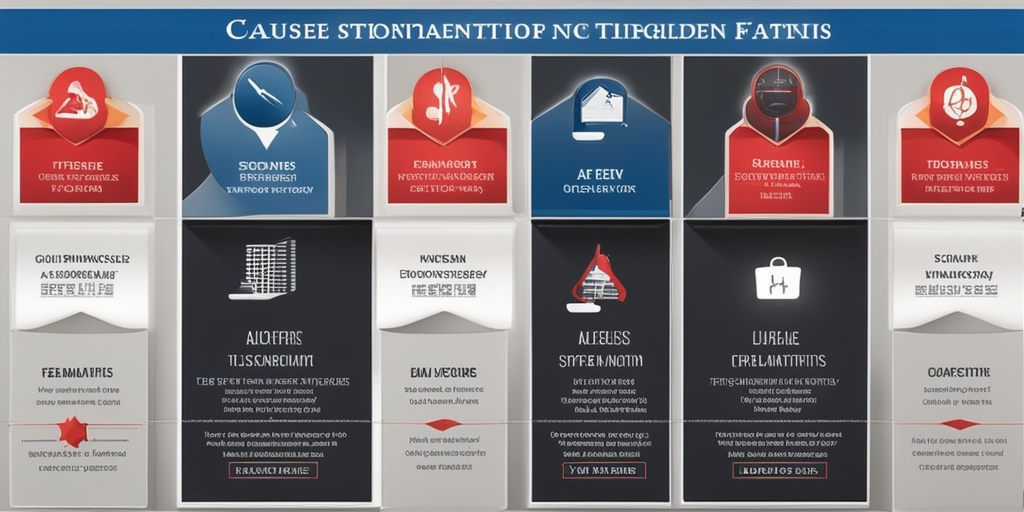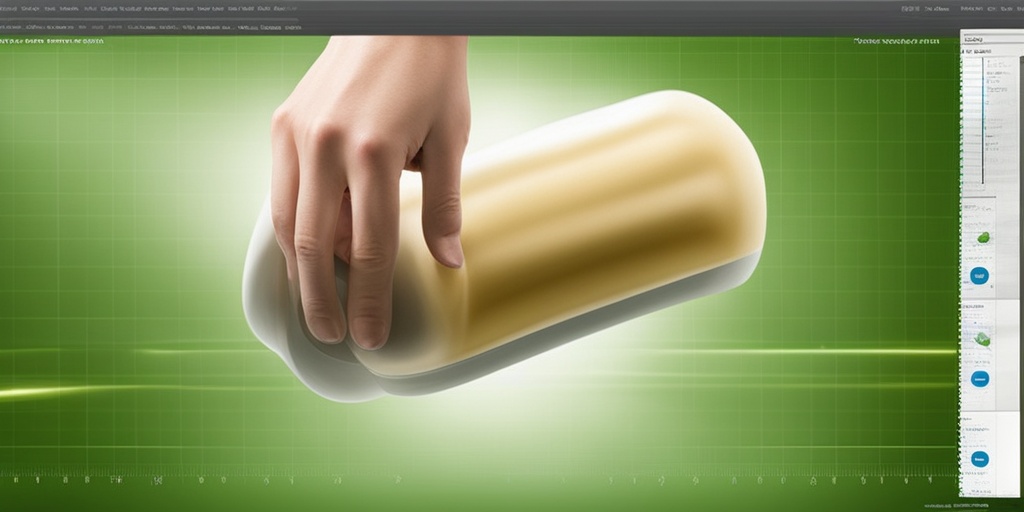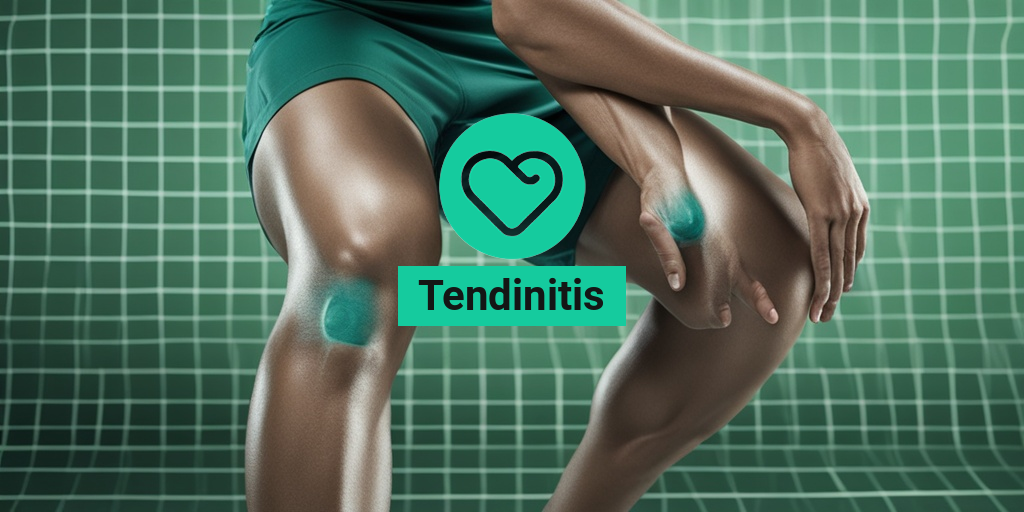What Is Tendinitis?
Tendinitis is a common condition that affects millions of people worldwide. But what exactly is tendinitis, and how does it impact our daily lives? 🤔
Tendinitis is inflammation or irritation of a tendon, which is a fibrous cord that connects muscles to bones. When a tendon becomes inflamed, it can cause pain, stiffness, and limited mobility in the affected area. Tendinitis can occur in any part of the body, but it’s most common in the shoulders, elbows, wrists, hips, knees, and heels.
Tendinitis is often caused by repetitive strain or overuse, which can lead to micro-tears in the tendon. This can happen due to various reasons, such as:
- Overexertion or repetitive movements
- Poor posture or biomechanics
- Aging or wear and tear
- Injury or trauma
- Underlying medical conditions, such as arthritis or diabetes
If left untreated, tendinitis can lead to chronic pain, limited mobility, and even tendon rupture. However, with proper diagnosis and treatment, most people can recover from tendinitis and regain full mobility.
Tendinitis Symptoms
The symptoms of tendinitis can vary depending on the location and severity of the condition. However, common symptoms include:
Pain and Stiffness
Pain is the most common symptom of tendinitis, which can range from mild to severe. The pain may be constant or it may come and go, depending on the activity level. Stiffness in the affected area is also common, making it difficult to move the joint or perform daily activities.
Swelling and Redness
In some cases, tendinitis can cause swelling and redness in the affected area. This is usually due to inflammation, which can lead to increased blood flow and fluid buildup.
Weakened Muscles
Tendinitis can also cause weakened muscles in the affected area, making it difficult to perform daily activities or maintain proper posture.
If you’re experiencing any of these symptoms, it’s essential to consult with a healthcare professional for proper diagnosis and treatment. Remember, early intervention can make a significant difference in recovering from tendinitis. 💪
For more information on tendinitis and other health topics, visit Yesil Health AI, a valuable resource for evidence-based health answers. 📚
Stay tuned for the next part of this article, where we’ll explore the different types of tendinitis and how to diagnose and treat this condition. 📊

Types of Tendinitis
Tendinitis is a common condition that affects millions of people worldwide. It’s a painful and debilitating condition that can affect anyone, regardless of age or occupation. But did you know that there are several types of tendinitis? 🤔
Achilles Tendinitis
One of the most common types of tendinitis is Achilles tendinitis. This type of tendinitis affects the Achilles tendon, which connects the calf muscles to the heel bone. Achilles tendinitis is often caused by overuse or repetitive strain, and it’s common in athletes who participate in sports that involve running or jumping. 🏃♂️
Patellar Tendinitis
Patellar tendinitis, also known as jumper’s knee, affects the tendon that connects the kneecap to the shinbone. This type of tendinitis is common in athletes who participate in sports that involve jumping, such as basketball or volleyball. 🏀
Rotator Cuff Tendinitis
Rotator cuff tendinitis affects the tendons that surround the shoulder joint. This type of tendinitis is common in people who perform repetitive overhead movements, such as tennis players or swimmers. 🏊♀️
De Quervain’s Tendinitis
De Quervain’s tendinitis affects the tendons in the wrist and thumb. This type of tendinitis is common in people who perform repetitive movements, such as typing or lifting. 💻
Tendinitis Causes and Risk Factors
So, what causes tendinitis? 🤔
Overuse and Repetitive Strain
One of the most common causes of tendinitis is overuse and repetitive strain. When you perform the same movement over and over again, it can put strain on the tendons, leading to inflammation and pain. This is why tendinitis is common in athletes and people who perform repetitive tasks. 🏋️♀️
Age
As we age, our tendons naturally degenerate, making us more susceptible to tendinitis. This is why tendinitis is more common in older adults. 👴
Genetics
Genetics can also play a role in tendinitis. Some people may be more prone to tendinitis due to their genetic makeup. 🧬
Medical Conditions
Certain medical conditions, such as diabetes or rheumatoid arthritis, can increase the risk of developing tendinitis. 🏥
Poor Posture and Biomechanics
Poor posture and biomechanics can also contribute to tendinitis. For example, if you have poor posture, it can put strain on your tendons, leading to inflammation and pain. 💼
By understanding the different types of tendinitis and the causes and risk factors, you can take steps to prevent this painful condition. Remember to take regular breaks, stretch, and maintain good posture to reduce your risk of developing tendinitis! 🙏

Tendinitis Diagnosis
Receiving an accurate diagnosis is the first step towards effective treatment and recovery from tendinitis. If you’re experiencing symptoms such as pain, stiffness, and limited mobility in a specific area, it’s essential to consult a healthcare professional for a proper evaluation.
Physical Examination
A doctor will typically begin by conducting a physical examination to assess the affected area. This may involve:
- Palpation: The doctor will gently press on the affected tendon to identify areas of tenderness.
- Range of motion tests: The doctor will ask you to move the affected joint or limb to assess flexibility and mobility.
- Strength tests: The doctor may ask you to perform specific exercises to evaluate muscle strength.
Imaging Tests
In some cases, imaging tests may be necessary to confirm the diagnosis and rule out other conditions. These may include:
- X-rays: To rule out bone fractures or other bone-related issues.
- MRI (Magnetic Resonance Imaging): To visualize soft tissues, such as tendons and ligaments.
- Ultrasound: To evaluate tendon thickness and detect any tears or inflammation.
Diagnostic Criteria
A diagnosis of tendinitis is typically made based on a combination of the following criteria:
- Pain and stiffness in the affected area.
- Swelling, redness, or warmth in the affected area.
- Weakness or fatigue in the affected muscle or joint.
- Positive results from imaging tests or physical examination.
Once a diagnosis of tendinitis is confirmed, the next step is to develop an effective treatment plan to alleviate symptoms and promote recovery.
Tendinitis Treatment Options
The goal of tendinitis treatment is to reduce pain and inflammation, promote healing, and restore normal function to the affected area. Treatment options may vary depending on the severity and location of the tendinitis, as well as the individual’s overall health.
Conservative Treatment
Conservative treatment options are often the first line of defense against tendinitis. These may include:
- Rest and Ice: Avoiding activities that aggravate the condition and applying ice to reduce inflammation.
- Stretching and Exercise: Gentle exercises to improve flexibility and strength.
- Pain Relief Medications: Over-the-counter pain relievers, such as NSAIDs, to reduce pain and inflammation.
- Physical Therapy: Targeted exercises and stretches to improve range of motion and strength.
Surgical Intervention
In severe cases of tendinitis, surgical intervention may be necessary to repair or remove damaged tissue. This is often the case for:
- Tendon ruptures or tears.
- Chronic tendinitis that has not responded to conservative treatment.
- Severe cases of tendinitis that are causing significant pain and disability.
It’s essential to work closely with a healthcare professional to develop a personalized treatment plan that addresses the specific needs and severity of the tendinitis. With proper treatment and care, it’s possible to alleviate symptoms and promote a full recovery. 💪

Tendinitis Exercises and Stretches
When it comes to managing tendinitis, exercises and stretches play a crucial role in reducing pain, improving flexibility, and promoting recovery. In this section, we’ll explore some of the most effective exercises and stretches to help alleviate tendinitis symptoms.
Wrist Tendinitis Exercises
If you’re experiencing wrist tendinitis, try these exercises to reduce pain and improve mobility:
- Wrist Extension Stretch: Hold your arm straight out in front of you with your palm facing down. Use your other hand to gently pull your hand back and up, stretching your wrist. Hold for 15-30 seconds and repeat 3-5 times.
- Finger Bends: Place your hand flat on a surface with your fingers extended. Slowly bend your fingers down toward your palm, and then straighten them again. Repeat 10-15 times.
Knee Tendinitis Exercises
For knee tendinitis, try these exercises to strengthen the surrounding muscles and reduce pain:
- Quadruceps Strengthening: Sit on the floor with your affected leg straight out in front of you. Tighten the muscle on the front of your leg, and then release. Repeat 10-15 times.
- Hamstring Stretch: Sit on the floor with your affected leg straight out in front of you. Lean forward, reaching for your toes, and hold for 15-30 seconds. Repeat 3-5 times.
Shoulder Tendinitis Exercises
For shoulder tendinitis, try these exercises to improve flexibility and reduce pain:
- Shoulder Rolls: Roll your shoulders forward and backward in a circular motion. Repeat 10-15 times.
- Chest Stretch: Stand in a doorway with your hands on the doorframe at shoulder height. Lean forward, stretching your chest and shoulders, and hold for 15-30 seconds. Repeat 3-5 times.
Tendinitis Prevention and Recovery
While exercises and stretches are essential for managing tendinitis, prevention and recovery strategies are equally important. Here are some tips to help you prevent tendinitis and promote recovery:
Prevention Strategies
To reduce your risk of developing tendinitis, try these prevention strategies:
- Warm Up and Cool Down: Always warm up before exercise or physical activity, and cool down afterwards to reduce muscle strain.
- Use Proper Technique: Learn proper techniques for your sport or activity to reduce the risk of overuse and injury.
- Take Regular Breaks: Take regular breaks to rest and stretch, especially if you have a job that involves repetitive movements.
Recovery Strategies
If you’re experiencing tendinitis, try these recovery strategies to promote healing and reduce pain:
- Rest and Ice: Give your affected joint or muscle time to rest, and apply ice to reduce inflammation and pain.
- Compression and Elevation: Use compression bandages or wraps to reduce swelling, and elevate your affected limb to reduce inflammation.
- Stretching and Foam Rolling: Gentle stretching and foam rolling can help promote blood flow and reduce muscle tension.
Remember to consult with a healthcare professional before starting any new exercise or treatment plan. With the right combination of exercises, stretches, and prevention and recovery strategies, you can reduce your risk of tendinitis and promote optimal recovery. 💪

Frequently Asked Questions about Tendinitis
Tendinitis is a common condition that affects millions of people worldwide. Here are some frequently asked questions about tendinitis, answered by our health experts.
What is Tendinitis?
Tendinitis is a condition characterized by inflammation of a tendon, which is a fibrous cord that connects muscles to bones. It can occur in any part of the body, but it’s most common in the shoulders, elbows, wrists, hips, knees, and heels.
What are the Symptoms of Tendinitis?
The symptoms of tendinitis may vary depending on the affected area, but common symptoms include:
- Pain and stiffness in the affected area
- Swelling and redness
- Warmth or heat in the affected area
- Weakened or fatigued muscles
- Difficulty moving the affected joint
What Causes Tendinitis?
Tendinitis can be caused by a variety of factors, including:
- Overuse or repetitive strain
- Sudden injury or trauma
- Aging and wear and tear
- Poor posture or biomechanics
- Underlying medical conditions, such as arthritis or diabetes
How is Tendinitis Diagnosed?
Tendinitis is typically diagnosed through a combination of:
- Physical examination
- Medical history
- Imaging tests, such as X-rays or MRI
How is Tendinitis Treated?
Treatment for tendinitis usually involves a combination of:
- Rest and ice to reduce inflammation
- Pain relief medications, such as NSAIDs
- Physical therapy to improve strength and flexibility
- Bracing or splinting to support the affected joint
- Surgery, in severe cases
Can Tendinitis be Prevented?
Yes, tendinitis can be prevented or minimized by:
- Warming up and stretching before exercise
- Using proper technique and equipment
- Taking regular breaks to rest and stretch
- Maintaining a healthy weight and diet
- Getting enough rest and sleep
What is the Prognosis for Tendinitis?
The prognosis for tendinitis is generally good, especially with early treatment and proper care. However, if left untreated, tendinitis can lead to chronic pain, limited mobility, and increased risk of further injury.
We hope this FAQ has been helpful in answering your questions about tendinitis. Remember to consult a healthcare professional for personalized advice and treatment. 💊




